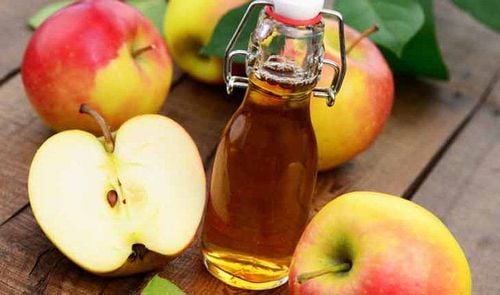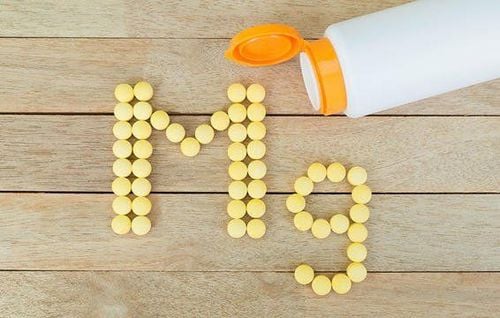This is an automatically translated article.
Carbohydrates are a basic ingredient in human food. Along with proteins, lipids, vitamins and minerals, carbohydrates help humans maintain life, growth and development.1. What are carbohydrates?
Carbohydrates are a basic ingredient in food that the human body uses for energy. Carbohydrates include simple carbohydrates (simple carbohydrates) and complex carbohydrates (complex carbohydrates).Simple carbohydrates have only one or two sugar molecules. Simple carbohydrates have a sugar molecule called a monosaccharide (including fructose in fruit, galactose in milk,...); Simple carbohydrates have two sugar molecules called disaccharides (including sucrose in sugar, lactose in dairy products, maltose in beer and some vegetables,...).
Complex carbohydrates have a structure containing three or more sugar molecules, called polysaccharides, which are the main components of starchy foods. There are two types of polysaccharides: branched polysaccharides and unbranched polysaccharides. Complex carbohydrates are found in beans, peanuts, potatoes, corn, beets, cereals, whole grains, etc. Fiber is also a complex carbohydrate.
Natural sources of carbohydrates commonly used by humans include:
Fruits Vegetables Milk Nuts and seeds Grains Sprouts Legumes
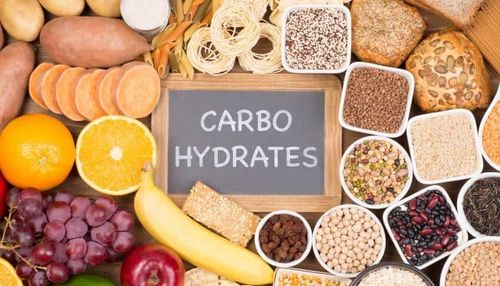
Carbohydrate là một thành phần cơ bản trong thức ăn mà cơ thể con người sử dụng để tạo ra năng lượng
2. Digestion and metabolism of carbohydrates in the body
Carbohydrates are the body's main source of energy. Carbohydrate digestion begins with the action of α - amylase in saliva (but not significantly), and takes place mainly in the upper small intestine. At this stage, α - amylase will hydrolyze α - 1,4 glucoside to dextrin and maltose.In the intestinal mucosal epidermal cells, there is also a similar enzyme, which then hydrolyzes the 1,6 glucoside bonds and 1,4 glucoside bonds in the α - dextrin molecule to finally hydrolyze dextrin and maltose into glucose. The enzymes sucrase and lactase hydrolyze sucrose and lactose to fructose, galactose and glucose.
The small intestine mucosa completes active absorption of monosaccharides, in which glucose and galactose are selectively transported into the bloodstream, transported to cells. Among the monosaccharides, hexose is absorbed relatively quickly, and pentose is absorbed relatively slowly.
With hexose types, the fastest absorbed is glucose and galactose, followed by fructose. If glucose is not needed by the body immediately, conversion to glycogen for storage will occur. Glycogen is stored in the liver and skeletal muscle. If glycogen stores are full, conversion to lipids will occur. Thus, after carbohydrates are absorbed in the body, there will be three directions:
Into the blood Store in the form of glycogen Convert to lipids If the amount of carbohydrate stored or absorbed is not enough, the body will generate energy from protein ( by breaking down proteins into amino acids and converting them into energy-producing substances), and therefore muscle mass is affected, as protein is the building block of muscle.
One gram of carbohydrates provides approximately 4 kcal, equal to the amount of energy one gram of protein provides, and one gram of lipid provides about 9 kcal.
According to US nutritional recommendations, 45 - 65% of total energy should be obtained from carbohydrates, of which up to 10% from simple carbohydrates. Thus, if the total amount of energy per day is 2000 calories, the amount of energy provided by carbohydrates will fall into the range of 900 - 1300 calories, equivalent to the amount of carbohydrate eaten per day is 225 - 325 g.
The human body does not have the necessary enzymes to digest fiber, so fiber cannot be converted into energy. However, fiber is very necessary and beneficial for the digestive system. The amount of fiber an adult needs to eat each day is:
Men aged 50 and under: 38g Men over 50 years old: 30g Women 50 years old and younger: 25g Women over 50 years old: 21g
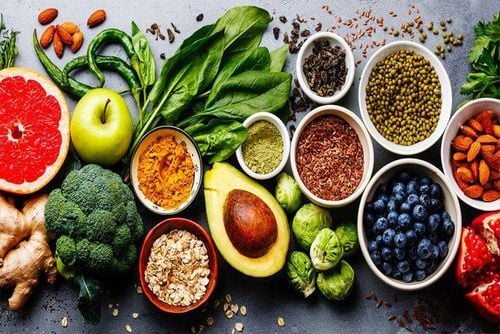
Chất xơ lại rất cần thiết và có ích cho hệ tiêu hóa
Total carbohydrates: to help identify the total amount of carbohydrates in the product, including the weight of the constituent elements such as sugar, fiber and other carbohydrates. Dietary fiber: indicates the total amount of fiber in the product. Sugars: This section shows the total amount of carbohydrates from sugar in the product, and this can be natural sugars like lactose and fructose or it can be added sugars like high-fructose corn syrup. Other carbohydrates: This section shows the total amount of other digestible carbohydrates other than sugar. Sugar alcohols: Some product labels have a section on sugar alcohols below the total carbohydrates section. For some people, sugar alcohols can cause digestive problems such as bloating, stomach upset or diarrhea. If you're interested in this ingredient, it's listed under names like lactitol, mannitol, maltitol, sorbitol, xylitol, and more. Lots of products are "sugar free" or "low-calorie." ” (“reduced calorie”) still contains some sugar alcohols, even though there are alternative sweeteners in the product such as Splenda.
3. Choose a good source of carbohydrates for your body
Carbohydrates are an essential component of a healthy, balanced diet. Carbohydrates provide many important nutrients, but not all carbohydrates are created equal. For a healthy, balanced diet, pay attention to the following carbohydrate choices:Focus on fresh vegetables and high-fiber fruits: focus on fresh, frozen whole fruits and vegetables or canned but with no added sugar. Other options are fruit juices and dried fruit, which are natural sources of sugar and therefore provide a higher amount of energy. Whole fresh fruits and vegetables are rich in fiber, which helps the body feel full for longer while consuming less energy. Choose whole grains: Whole grains are better than refined grains, because they're rich in fiber and other important nutrients (like B vitamins). Grains after going through the refining process will no longer retain their original composition. Choose skim milk products: Dairy products are a valuable source of nutrients, and try to choose low-fat varieties to limit your energy intake and saturated fat intake. Do not choose products with added sugar. Eat legume foods: beans, peas, and lentils are easy to find and valuable sources of nutrients. They are low in fat but rich in folate, potassium, iron and magnesium, plus fiber. Legumes are rich in protein and can be substituted for animal protein sources.
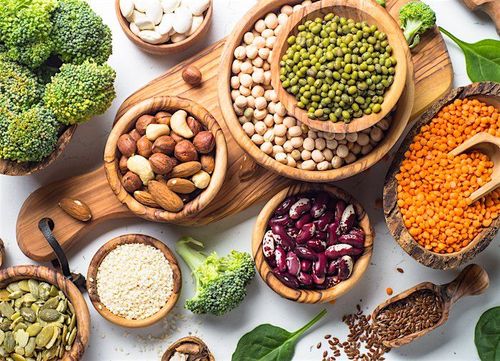
Thực phẩm từ cây họ đậu giàu protein và có thể thay thế cho nguồn protein động vật
Please dial HOTLINE for more information or register for an appointment HERE. Download MyVinmec app to make appointments faster and to manage your bookings easily.
Article reference source: webmd.com







